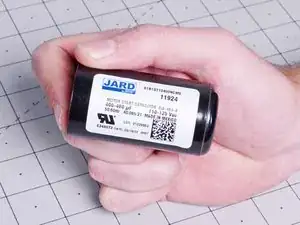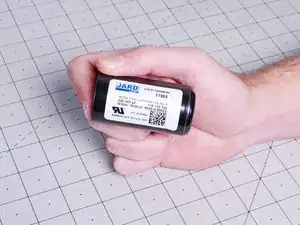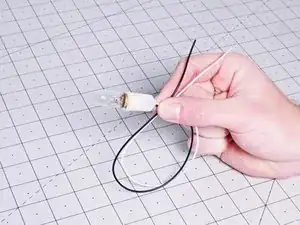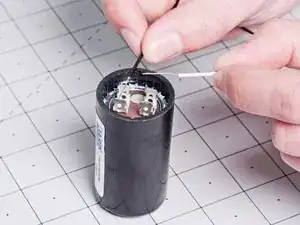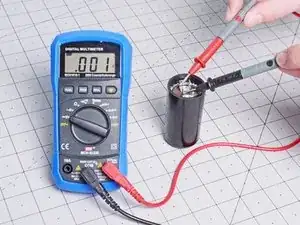Introduction
Use this guide to discharge a capacitor in your large device.
If you're discharging a capacitor for a small device, follow this guide instead.
Tools
-
-
The voltage rating of either your capacitor or the device
-
Where the terminals are located
-
Attach two wires to an incandescent lightbulb—making sure the bulb's voltage rating is greater or equal to the capacitor's.
-
-
-
Lay one wire lead on the head of the terminal.
-
While holding the lead in place, lay the other wire lead on the opposite terminal to complete the circuit.
-
Hold this position for a few seconds or until the lightbulb completely darkens.
-
Conclusion
For other general electronics skills, click here.
